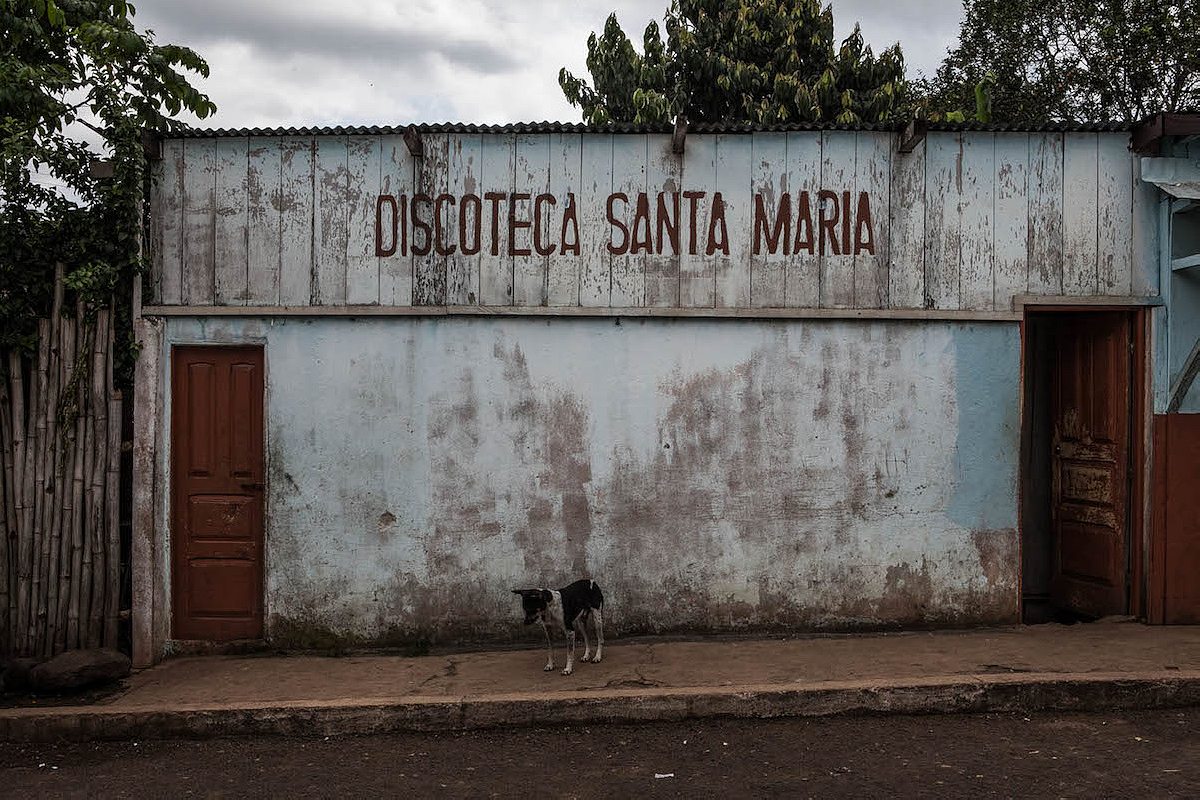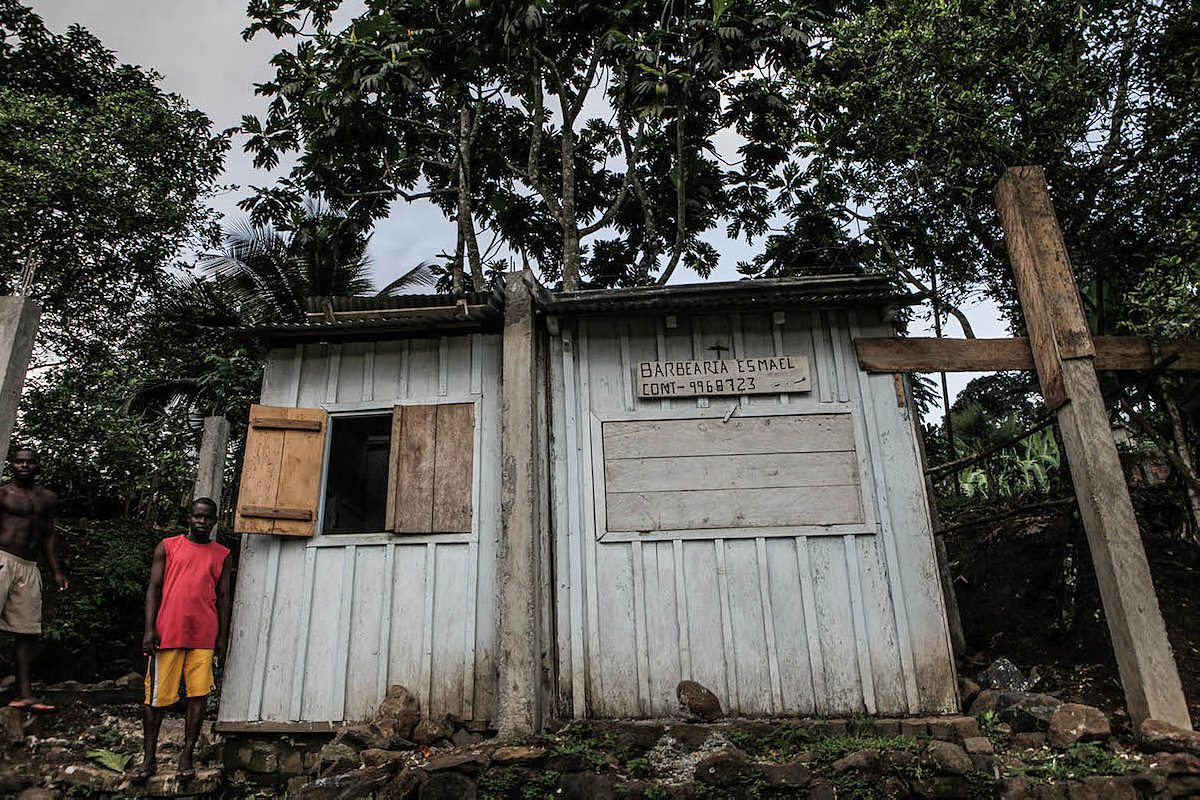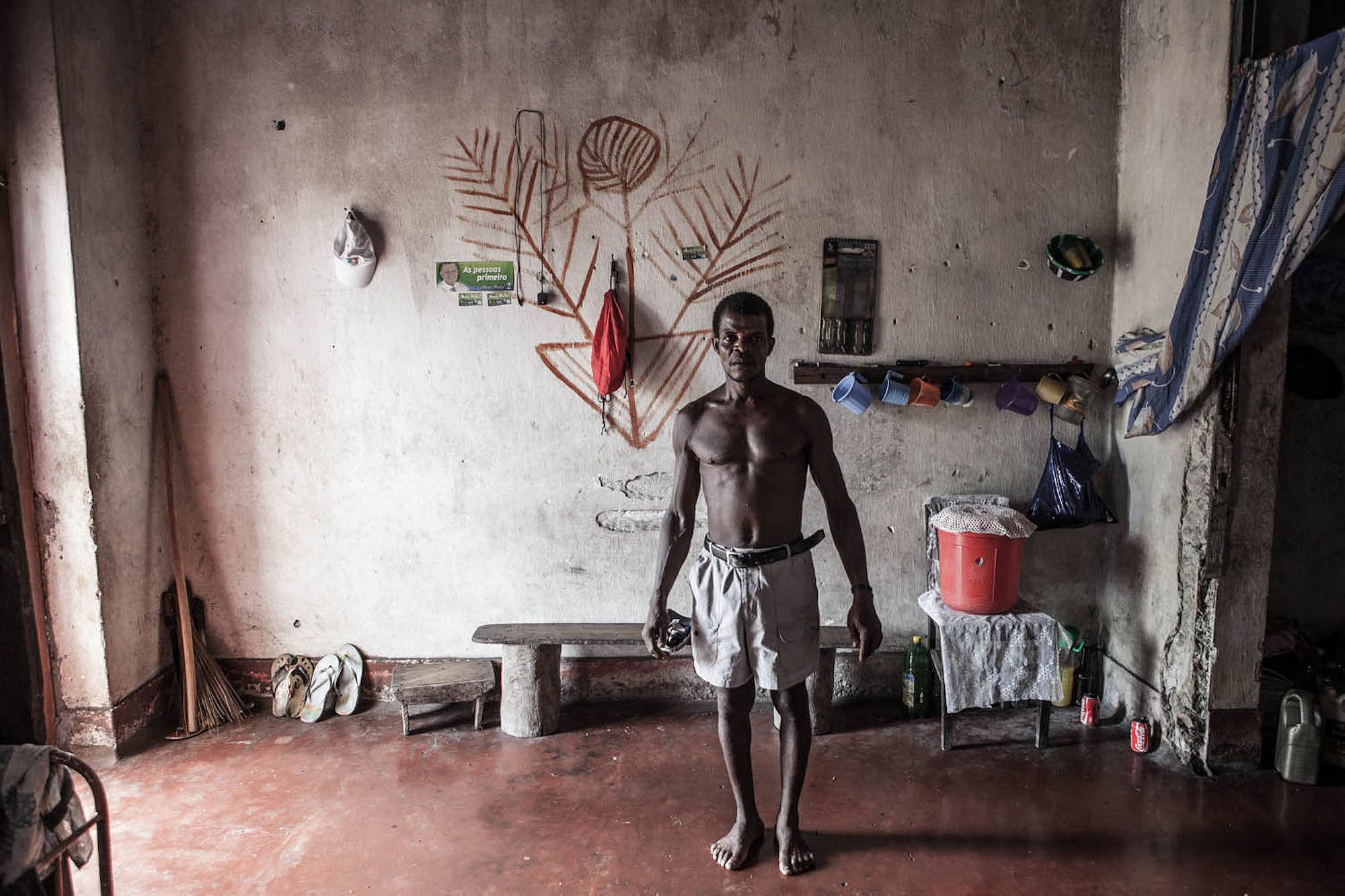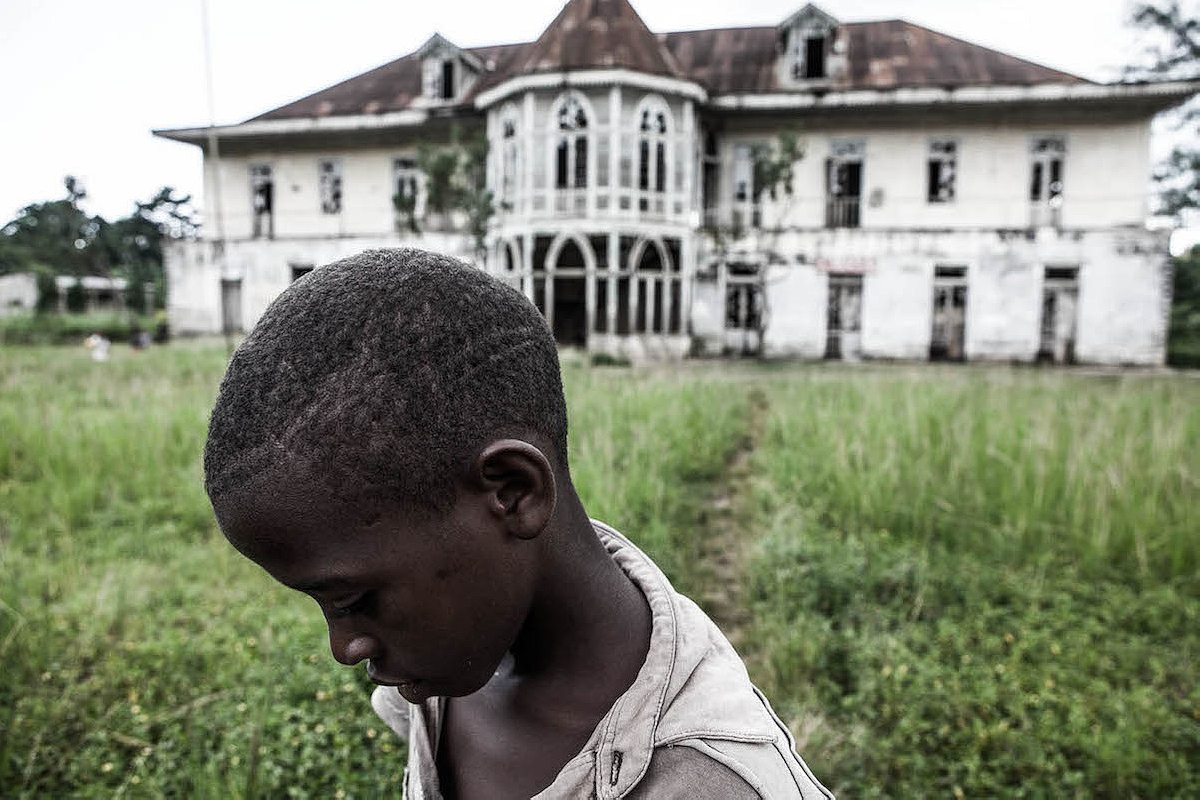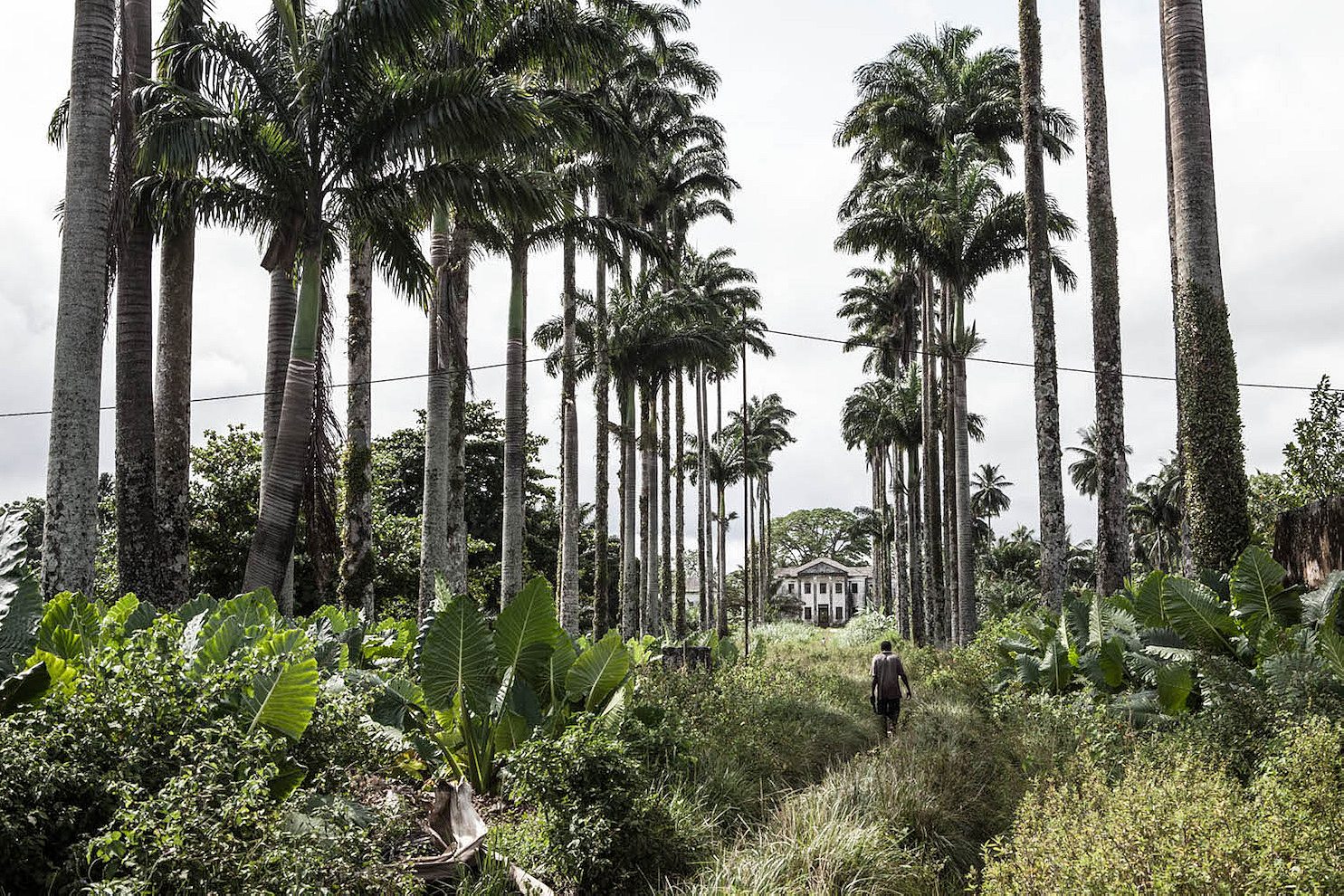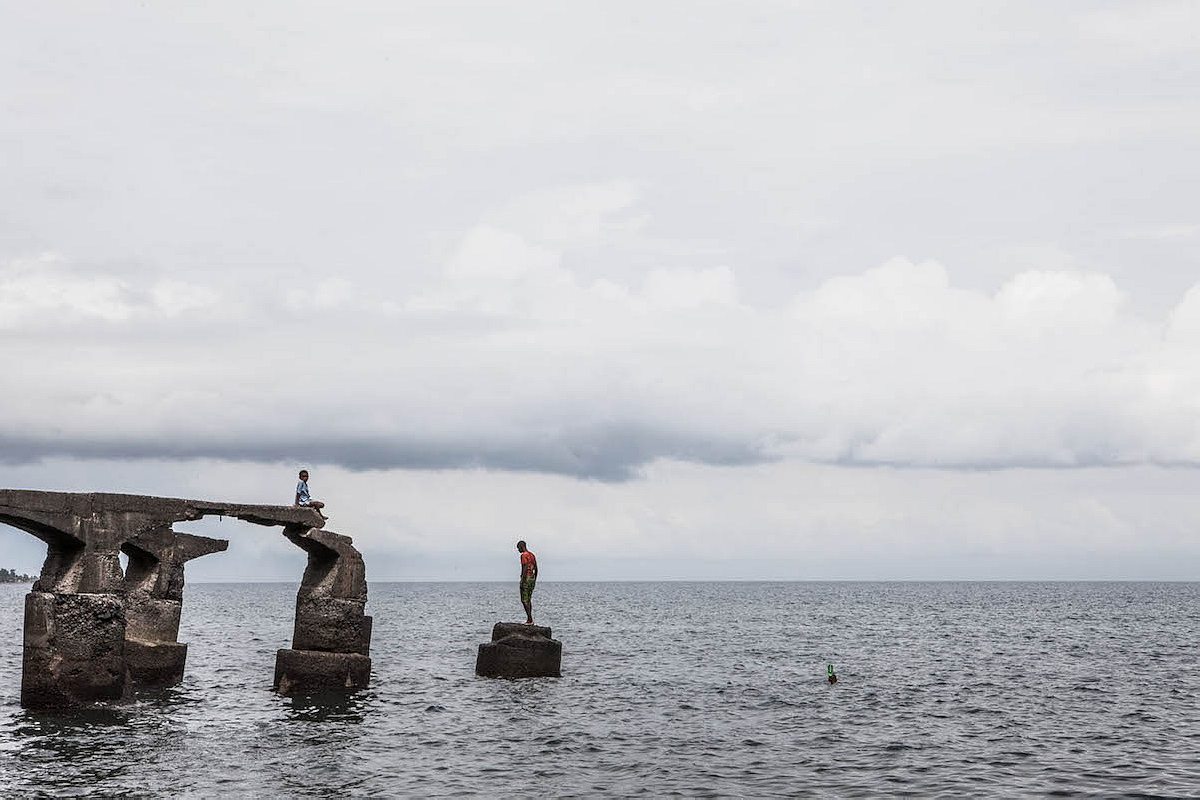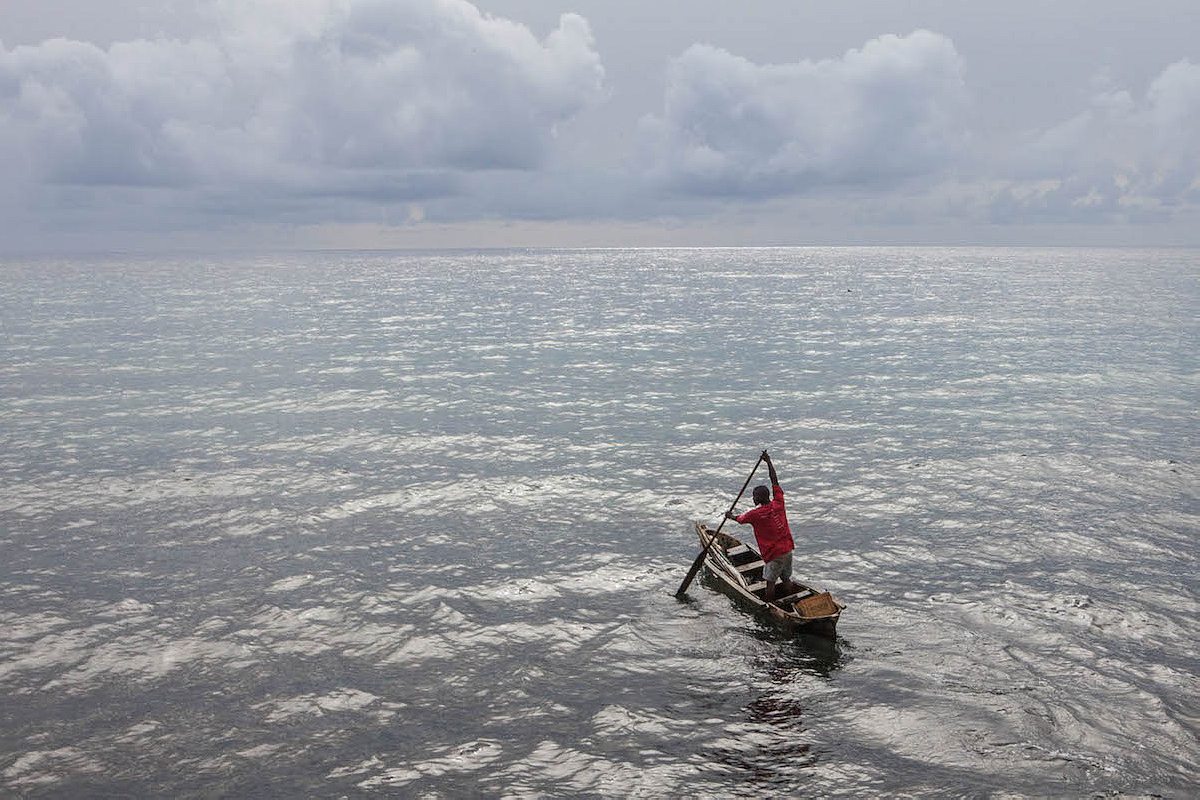A photographer travels to São Tomé and Príncipe, the volcanic island nation off the western equatorial coast of Africa.
This Monday, February 3, is Martyr’s Day in São Tomé and Príncipe, the volcanic island nation off the western equatorial coast of Africa. Dia dos Mártires da Liberdade, as it’s known here, is chance to reflect on those who lost their lives fighting for independence. It’s a holiday shared, on different dates, by countries from India to Uganda, but it’s keenly felt in former Portuguese colonies in Africa: the Portuguese were the first to arrive with dreams of subjugating Africa, and they were the last to leave. It was only after the peaceful Carnation Revolution in Lisbon that the bloody empire was finally laid to rest in 1975.
The scars in São Tomé and Príncipe are less visible than in other places. Of all the former Portuguese colonies in Africa, only these islands and Cape Verde escaped civil war, while Mozambique and Angola and others became, at times, synonymous with internecine bloodletting. The Santomeans instead built a relatively peaceful transition to what would later become, and still is, a full democracy. The Santomeans instead built a relatively peaceful transition to what would later become, and still is, a full democracy. Photographer Andrew Stanbridge has been traveling to the islands for three years to document the incredible biodiversity of the place for the California Academy of Sciences; he spends his downtime there making photos of Santomean life. The long shadow of plantation slavery falls on many of these photos; prosperity has clearly eluded the islanders. Santomeans still have low life-expectancy, high unemployment, and an inability thus far to truly capitalize on the rich oil reserves in the Gulf of Guinea where they are located. But as the Guinea-Bissauan and Cape Verdean martyr Amilcar Cabral, who was assassinated by the Portuguese in 1973, said in comparing his people’s struggle to World War II: “in the heart of every man fighting… there was hope, the hope for a better world.” Here is that world for the Santomeans: imperfect, but on this Martyr’s Day, so much better than what came before. —Nathan Thornburgh
